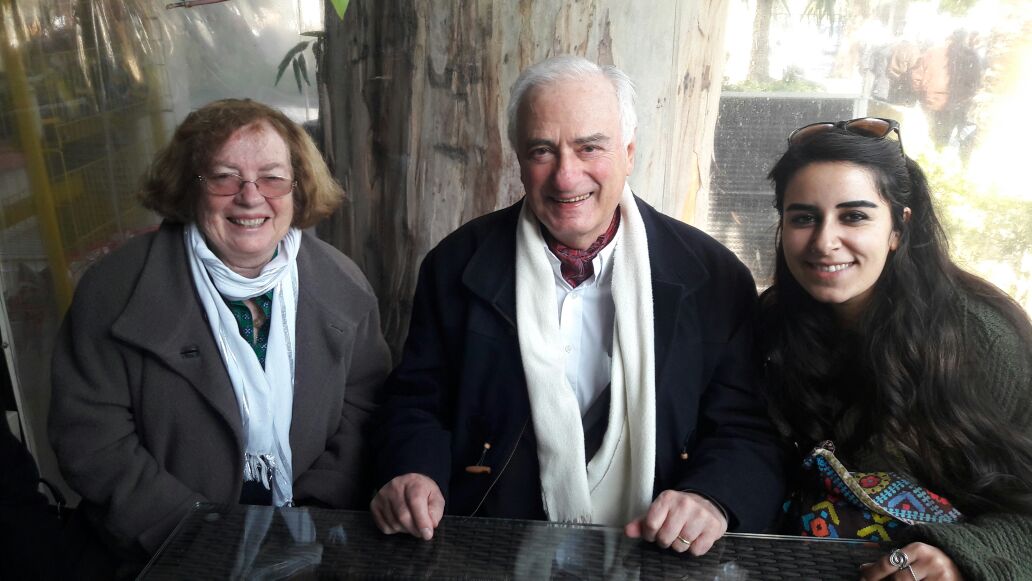I began excavating in Tell Mozan in 2008 while I was still an archaeology student at the university of Damascus. I participated in 3 excavation seasons and one study season where we focused on completing data from previous seasons. In the following years, I participated in the numerous activities dedicated to the development of the local community and their involvement in the protection of the cultural heritage in Mozan. In addition, I coordinate the restoration and conservation operations taking place in Tell Mozan with the rest of our team abroad and manage the administrative aspect in Syria. Our involvement with the local community included many exhibits which I helped organize in Italy, Beirut, Damascus, Aleppo and Qamishli.
|
My excavation interests went beyond my specialty in Ancient Near East, as I participated in excavations in the old city of Damascus with the Directorate of the old city of Damascus, in 2013 and 2014 in the Roman- Islamic site of Souk al sagha (the water mermaid Roman temple) and the Islamic site of Boustan sukkar, as excavation supervisor and in Dmanisi field school of paleoanthropology in Dmanisi, Georgia.
|
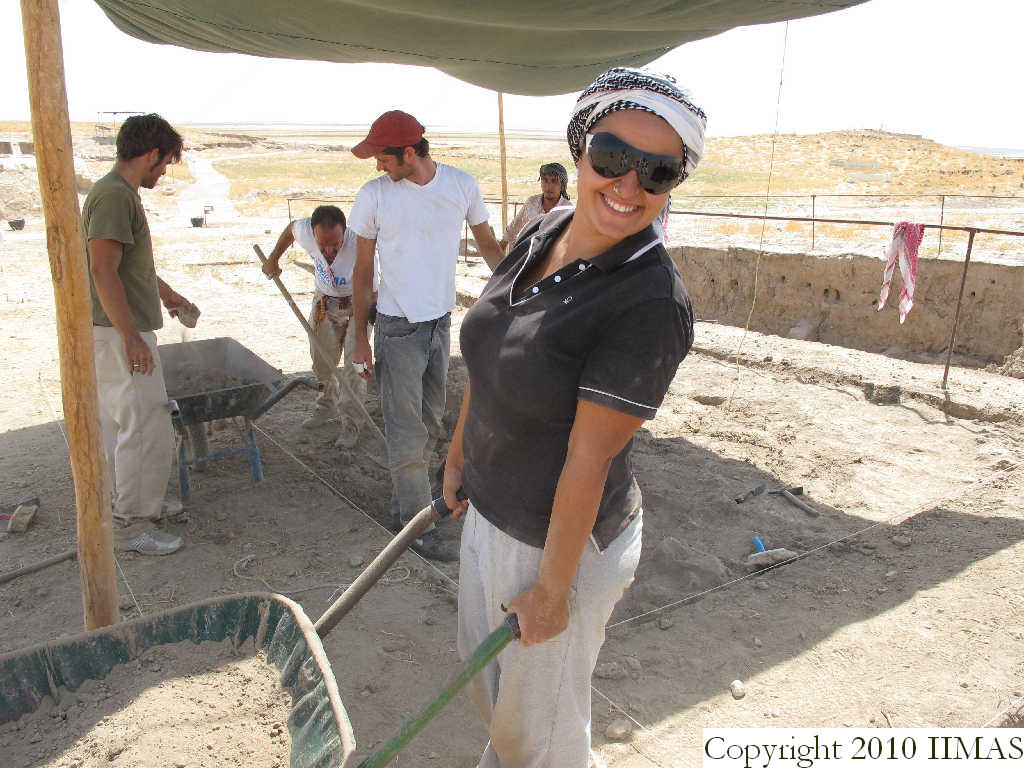
|
In addition to excavation, I tried to gain some experience in Anthropology where I completed a post excavation anthropological studies of Bab Kissan Human remains in Damascus and post excavation workshop concerning the second age necropolis of fer d'Urville-Nacqueville at the University of Bordeaux 1, where the main objective was the identification of deformed bone fragments.
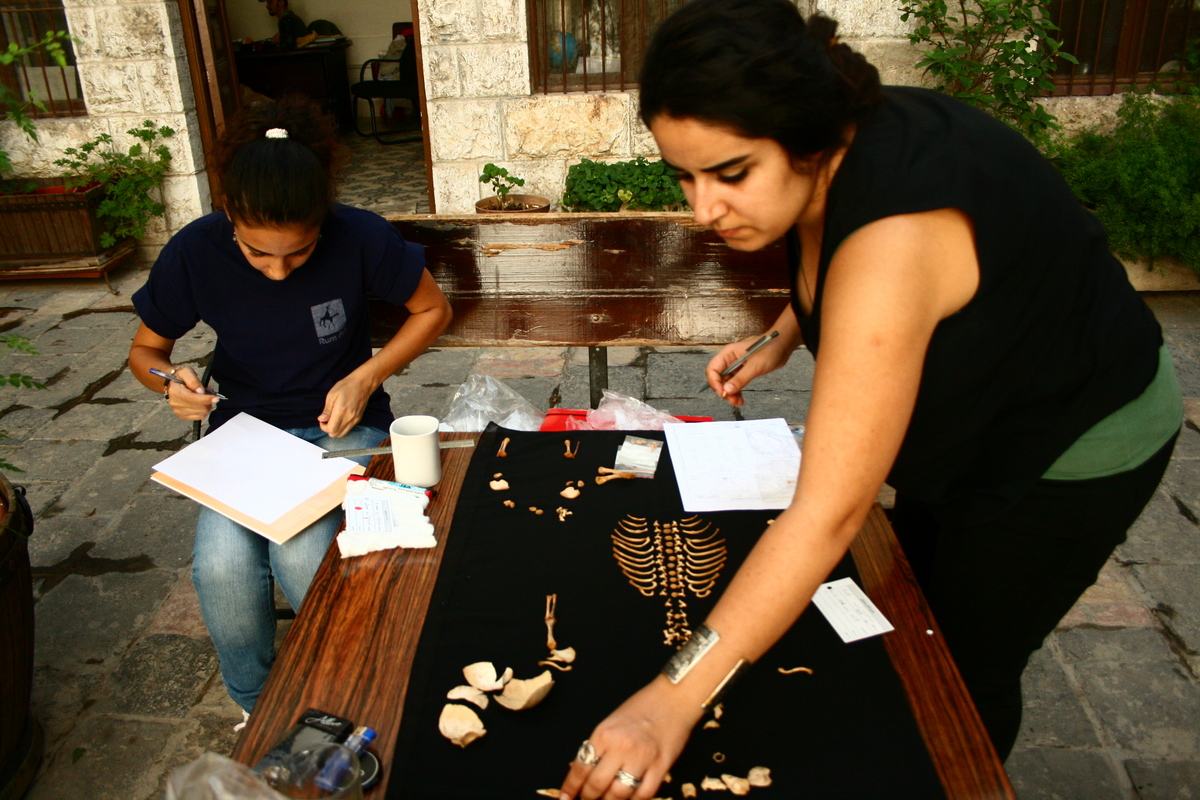
|
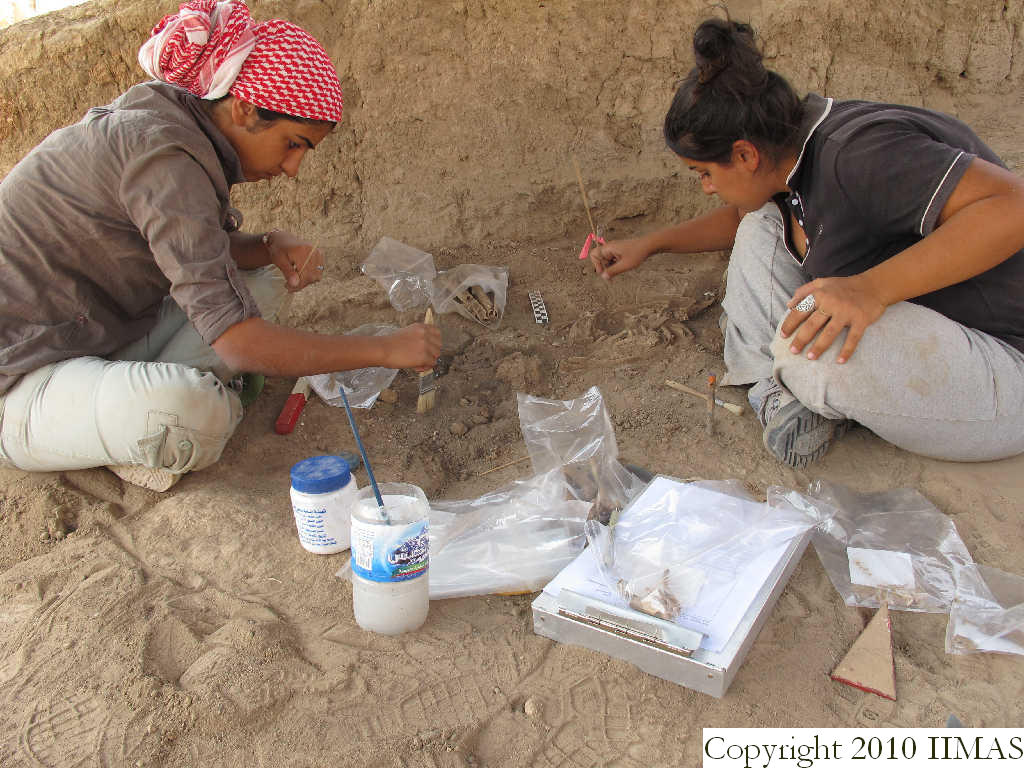
|
Over the years I have developed an interest in the human body and image, hence my doctoral research at the University of Pavia, Italy. I am currently writing my thesis on the anthropomorphic figurines of Urkesh in the 3rd and 2nd millennium BCE. My approach to the topic is divided into two aspects. The first is a figurines catalogue which includes detailed information about the items in the form of data entries along with descriptions, and the second is an analytical and theoretical part focusing on function analysis, the perception of the human body and the gender role in the figurative representation. Having research funding from the Gianmaria Buccellati foundation drove me into including a chapter on the jewelry items found in Tell Mozan, their function and representation on the anthropomorphic figurines and the significant ideological implications of representing jewelry on human figurines and using them as part of grave goods which entailed a thorough study of the data, sources of materials used to make the jewelry items and manufacturing techniques.
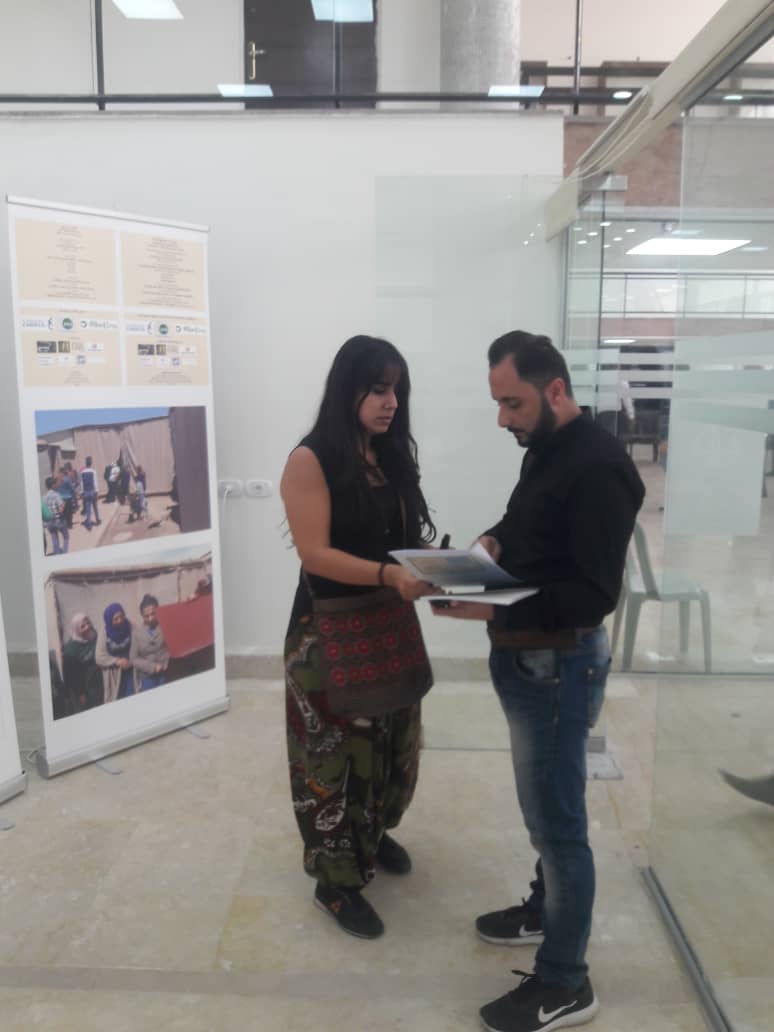
Publications
- Mahmoud, Y., 2019. Through the eyes of the ancient. The perception of beauty in 3rd millennium Syria, in Between Syria and the highlands. Studies in honor of Giorgio Buccellati & Marilyn Kelly-Buccellati, edited by S. Valentini and G. Guarducci, SANEM 3, pp. 255-261.
- Buccellati, G., Ermidoro, S., and Mahmoud, Y., 2018. I Millenni per l'oggi, Firenze.
- Buccellati, G., Ermidoro, S., and Mahmoud, Y., 2018. The Millennia for Today, Urkesh.



